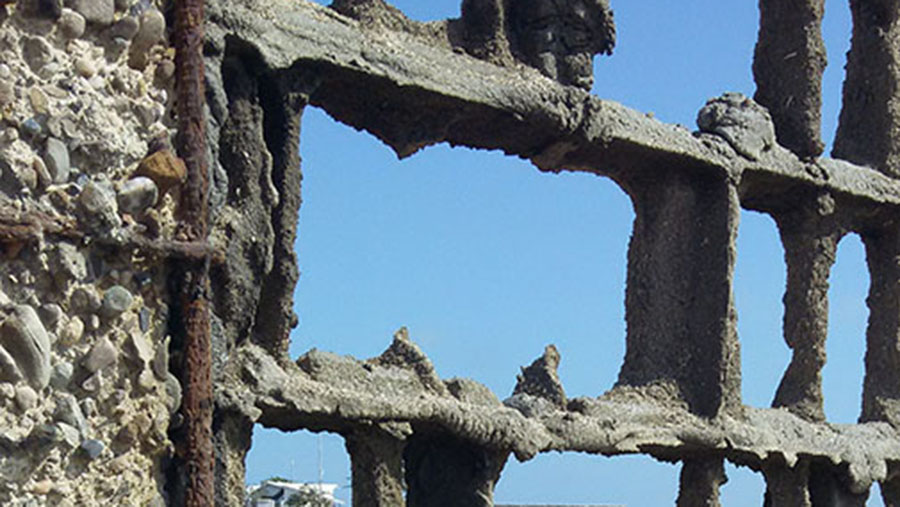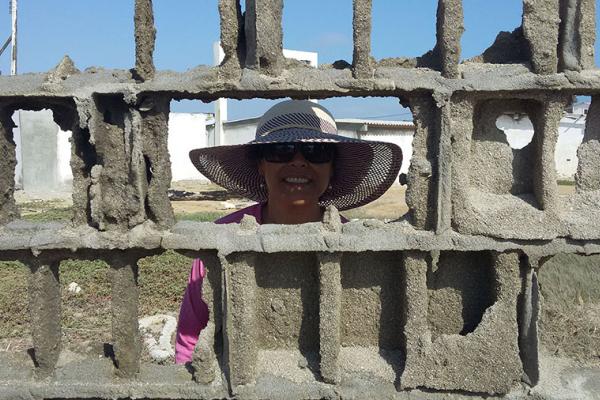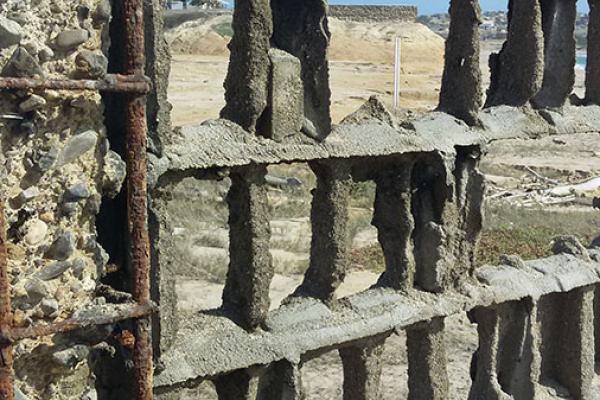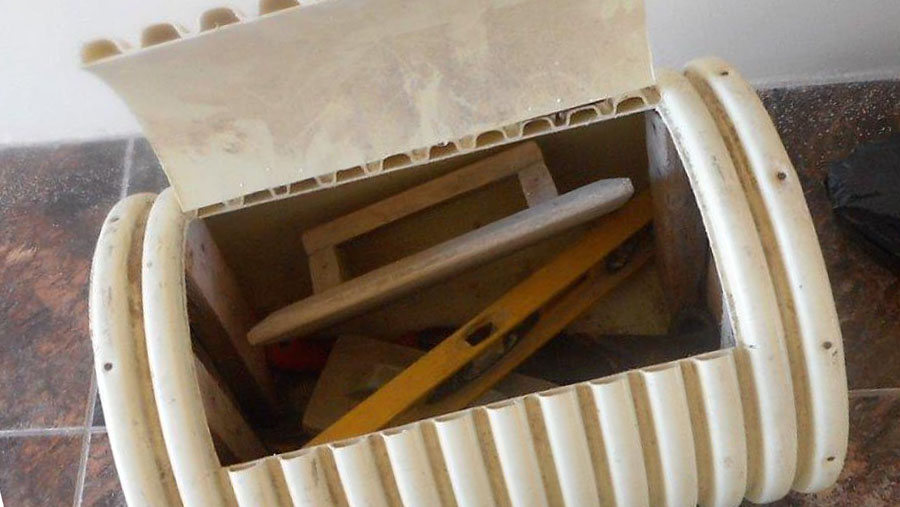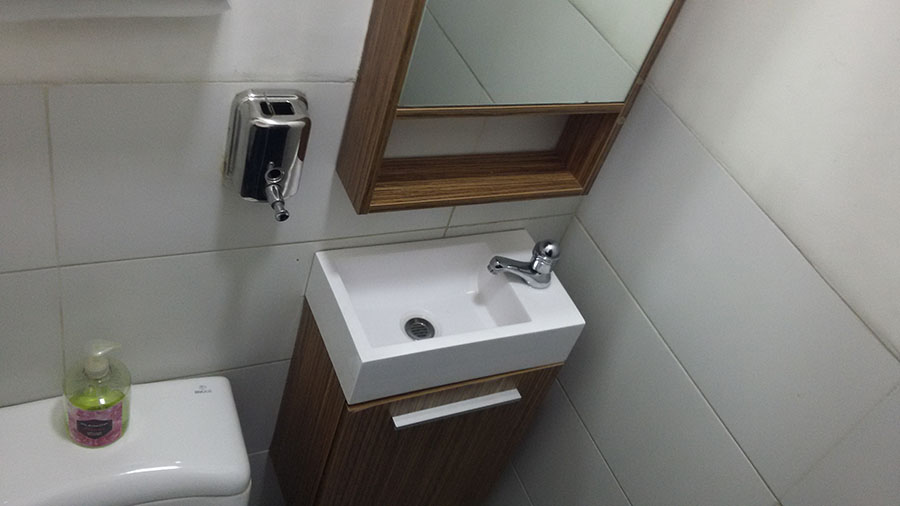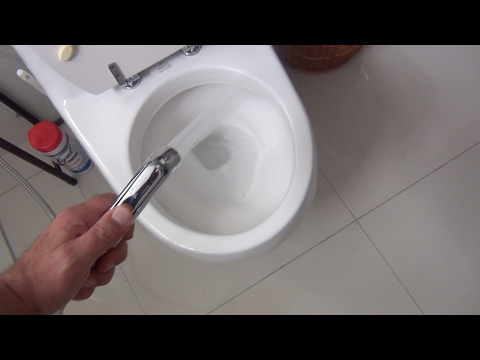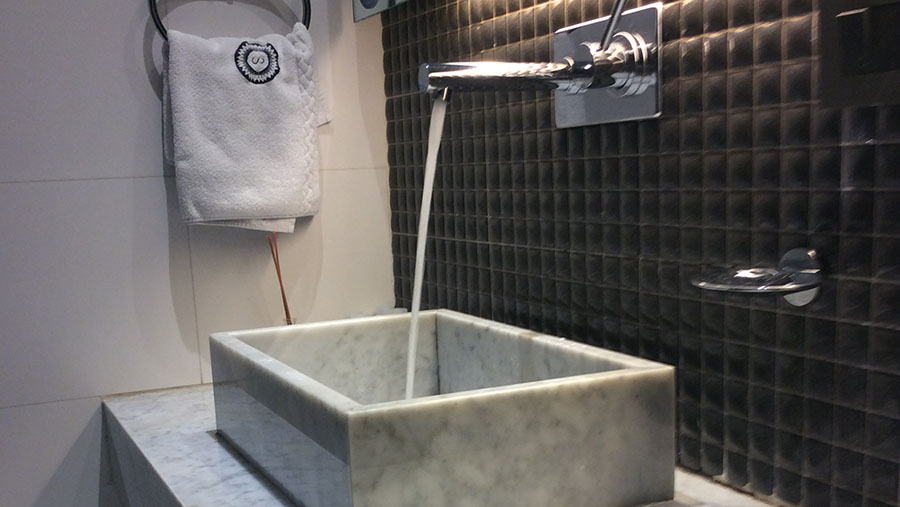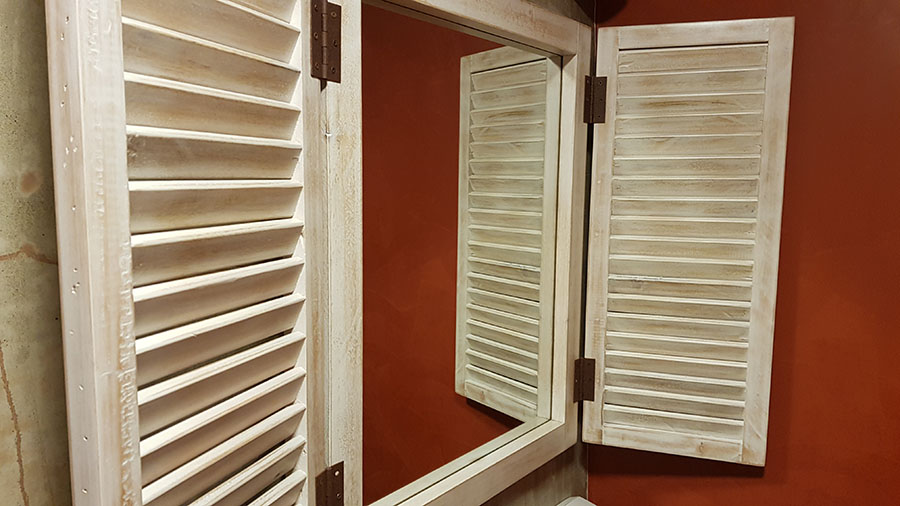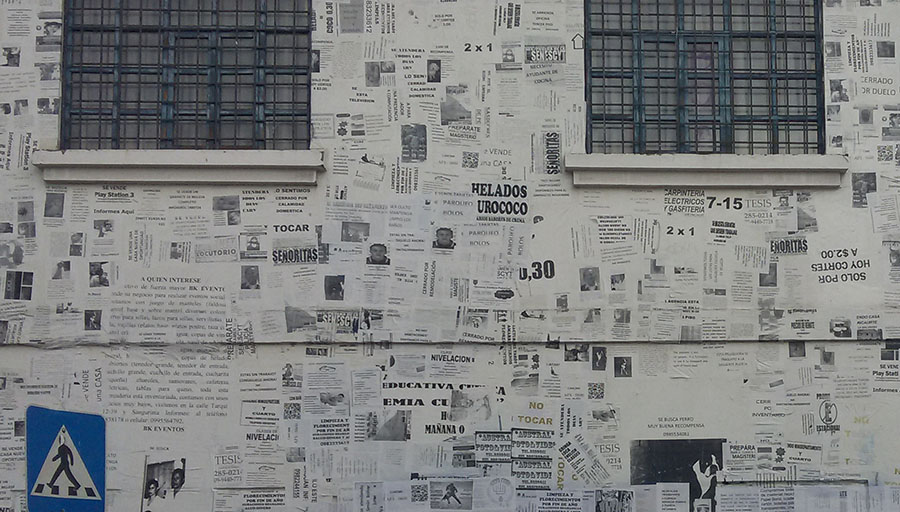Good amortization doesn't always involve using a building forever—sometimes, it means recapturing the space when the building corrodes
We’re very focused on durability in the USA. If something lasts for a long, long time, it’s said to be sustainable by definition, because the environmental and economic impact gets amortized over the ages.
The Japanese have a different concept; this is why they build with paper.
Life is impermanent; nature allows for the death and renewal of annual flowers, the limited life of animals, and even the erosion of stone. A little impermanence can help make room for something better.
I cannot help think this way as I walk up and down the beach near our place in La Diablica, along the Ecuadorian coast.
As I walk, I see the old industrial buildings, from days when shrimp labs lined the coastline, and I am glad the industrialists of yesteryear cheaped-out and built their ugly, industrial yards with beach-sand concrete, and block.
The sea salt disintegrates the structures—even the steel reinforcement—which almost magically fade over time. Like sand castles in the wind. Becoming in essence, biodegradable concrete.
Not everything should be built for the ages.
— Fernando Pagés Ruiz is ProTradeCraft's Latin America Editor. He is currently building a business in Ecuador and a house in Mexico. Formerly, he was a builder in the Great Plains and mountain states. He is author of Building an Affordable House and Affordable Remodel (Taunton Press).

